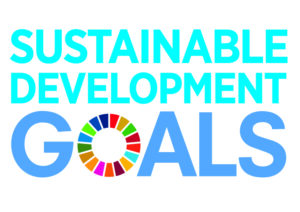By Kate Vavra-Musser
Introduction: What is the R Spatial Notebooks Project?
The R Spatial Notebooks Project is a series of R code notebooks, structured like a textbook, designed to guide users through the intricacies of data extraction, integration, cleaning, analysis, and visualization using R. The notebooks are specifically tailored for social science research and applications using spatial data. The modular textbook-style structure is designed for comprehensive skill development by working through sequences of notebooks. The project was developed through a partnership between the Institute for Social Research and Data Innovation (ISDRI), which houses IPUMS, and the Institute for Geospatial Understanding through an Integrated Discovery Environment (I-GUIDE). IPUMS provides census and survey data from around the world integrated across time and space. I-GUIDE is cyberinfrastructure that combines distributed geospatial data with computing for researchers, students, and policymakers.
The initial R Spatial Notebooks release includes roughly 20 freely-available notebooks on topics including IPUMS data extraction via API, accessing open-source data, data cleaning, foundational spatial data principles, exploratory data analysis, and mapping.



